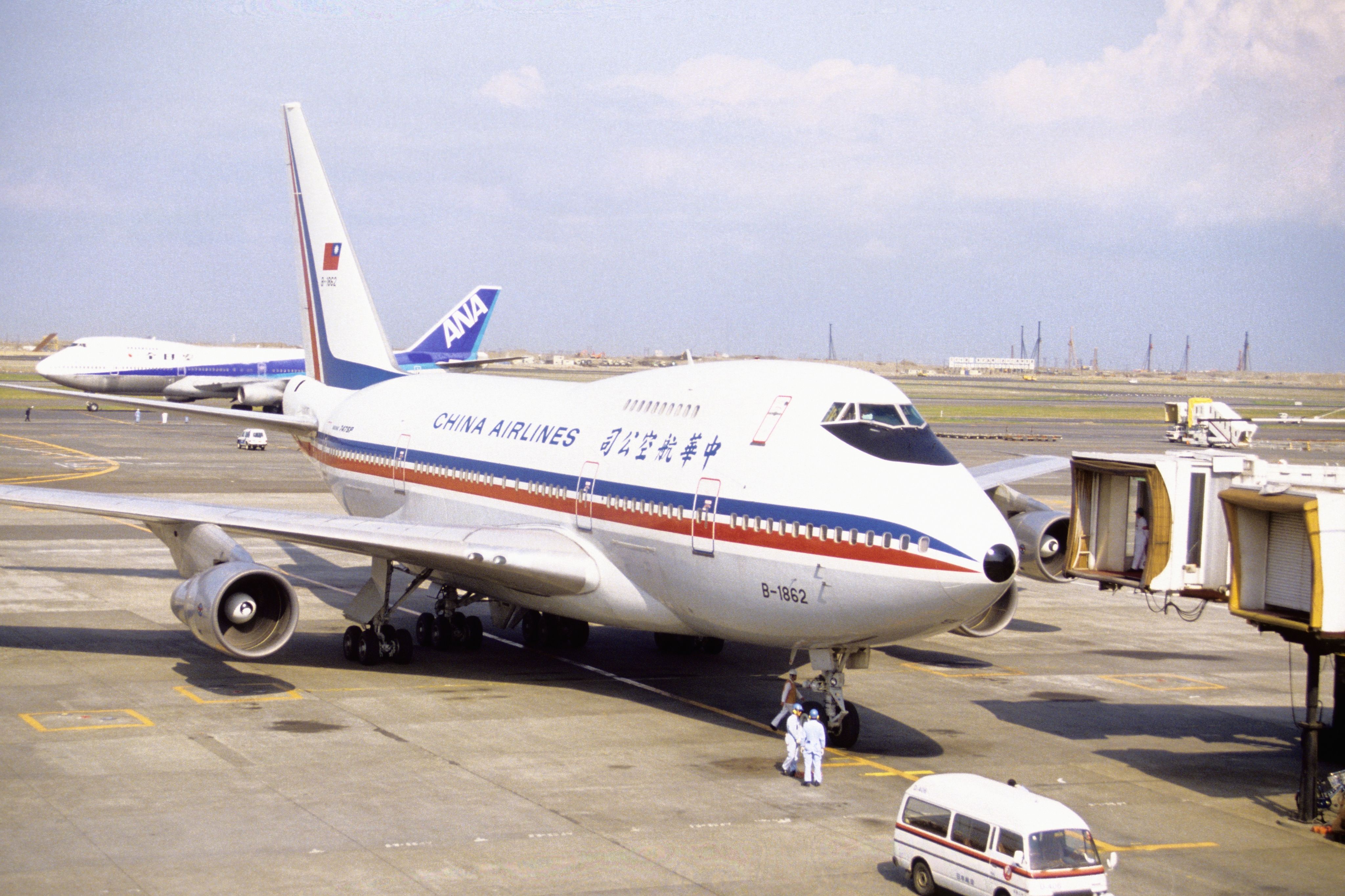Summary The Boeing 747SP is a special performance variant of the iconic Boeing 747, designed for longer range and higher speeds. The 747SP can seat 276 passengers in three classes, has a 700,000lb MTOW, and a range of over 5,830 nautical miles. Despite technical advantages, Boeing only sold 45 units of the 747SP due to fuel costs, with only three units still in non-commercial use.
The legendary Queen of the Skies, the Boeing 747 “Jumbo Jet”, is well-known and well-loved across the globe. With its iconic hump and large fuselage, the aircraft type continues to turn heads decades after its introduction. Since 1968, dozens of commercial and military variants of the 747 have been built.

One of these is the Boeing 747SP (Special Performance). The Boeing 747SP performed its first flight in July 1975 and received Federal Aviation Administration (FAA) certification in February 1976. Entering service in the same year with Pan American World Airways (Pan Am), the aircraft is nearly 47 ft (14 m) shorter than the other 747 variants.
With a reduced capacity, only fuselage doors are designed on each side. While Boeing anticipated, and hence designed the 747SP, to sell at least 200 examples of the shorter version, only 45 units were sold. The manufacturer delivered the last 747SP in 1987.
Shorter fuselage, longer range Model Boeing 747SP Cockpit crew Three 2-class seats 331 (28F + 303Y) or 343 (30F + 313Y) Exit limit 400 Overall length 184 ft 9 in (56.31 m) Wingspan 195 ft 8 in (59.64 m) Wing area 5,500 sq ft (511 m2) Overall height 65 ft 10 in (20.
07 m) Operating empty weight 325,260–336,870 lb (147.54–152.80 t) Maximum take-off weight 700,000 lb (317,500 kg) Maximum landing weight 450,000 lb (204,100 kg) Engine models (x4) Pratt & Whitney JT9D-7(A/AH/F/FW/J) Rolls-Royce RB211-524(B2/C2/D4) Engine thrust (x4) JT9D: 46,950–50,000 lbf (209–222 kN) RB211: 49,150–51,980 lbf (219–231 kN) In the early 1970s, the McDonnell Douglas DC-10 and Lockheed L-1011 TriStar were introduced.
In response, Boeing sought to develop a mid-sized widebody aircraft to compete with these new market entrants, having launched its massive 747 just shortly before. Around the same time, the 747’s launch customer, Pan American World Airways (Pan Am), requested a derivative to operate its longest route between New York and the Iranian capital of Tehran. Flag carrier Iran Air joined in on the request, looking for a jetliner that could travel the distance but was not as large as the standard 747.
Thus, in 1973, Boeing launched the 747SP: a variant of the 747 that was 47 feet (14 meters) shorter than the original. The variant was originally named 747SB (Short Body), but the suffix was later changed to SP to indicate its Special Performance features, namely its greater range and higher cruising speed. Stay informed: Sign up for our daily and weekly aviation news digests.
Banking on its capabilities, a circumnavigation record was achieved by a United Airlines 747SP in 1988, with Neil Armstrong and Moya Marie Olsen Lear on board. The aircraft type was also involved in several other significant round-the-world attempts. The 747SP was the longest-range airliner at the time until it was superseded by the 747-400 in 1989.
Other differences Apart from its shortened length – to optimize range and speed efficiencies – there were several differences adapted to the design of the 747SP. Rather than six cabin doors on each side, there are only four. Its flaps were also simplified to single pieces on the trailing edges instead of the triple-slotted flaps of standard 747s.
To counteract the decrease in yaw moment-arm due to the shortened fuselage, the 747SP’s tailplane is larger vertically and horizontally. The 747SP can carry 276 passengers in a three-class configuration, has a maximum take-Off weight (MTOW) of 700,000 pounds (320,000 kg), and a range of over 5,830 nautical miles (10,800 km). In comparison, a standard 747 has a capacity of 366 passengers in three classes, a 745,000-pound (333,000-kg) MTOW, and a maximum range of 4,620 nautical miles (8,560 km).
The plane's popularity Maximum speed Mach 0.92 (542 kn; 1,004 km/h; 624 mph) Cruising speed Mach 0.86 (493 kn; 914 km/h; 568 mph) Service ceiling 45,100 ft (13,700 m) Maximum range 6,650 NM (12,320 km; 7,650 mi) Max fuel capacity 50,360 US gal (190,630 L) Despite its technical offerings, Boeing did not meet its expected sales of 200 units of 747SPs.
This was, in part, due to rising fuel costs. Over the five decades that the 747 was in production, 1,574 have been made – but of these, only 45 are 747SPs. Other commercial variants, like the 747-200 and 747-400, fared much better, with 393 and 694 deliveries, respectively.
Read the latest Boeing news here. In 2012, after 40 years in service, Iran Air withdrew the last 747SP from commercial service. As of September 2022, only three units remain in use for non-commercial purposes.
The 747SP SOFIA An ex-Pan Am 747SP (delivered to Pan Am in 1977), Clipper Lindbergh, was purchased by United Airlines in 1986. United operated the aircraft until 1995 before retiring it. In 1997, NASA bought the aircraft for a joint project with the German Aerospace Center (DLR), named SOFIA (Stratospheric Observatory for Infrared Astronomy).
According to Pima Air & Space Museum , "L-3 Communications in Waco, Texas was contracted to make the heavy modifications to the 747SP that were necessary to install a 20-ton, 8.9-foot-wide telescope and all the support equipment. SOFIA’s first flight was April 26, 2007, and was finally ready for full observations in 2014.
Being a mobile observatory allowed SOFIA to conduct research from almost anywhere in the world. SOFIA flew around 100 flights a year primarily flying out Palmdale, California and Christchurch, New Zealand." NASA and the government decided to cancel the SOFIA program due to high operating costs.
SOFIA flew from Palmdale to Davis Monthan Air Force Base in Tucson, to arrive at its final resting place at the Pima Air & Space Museum..



















